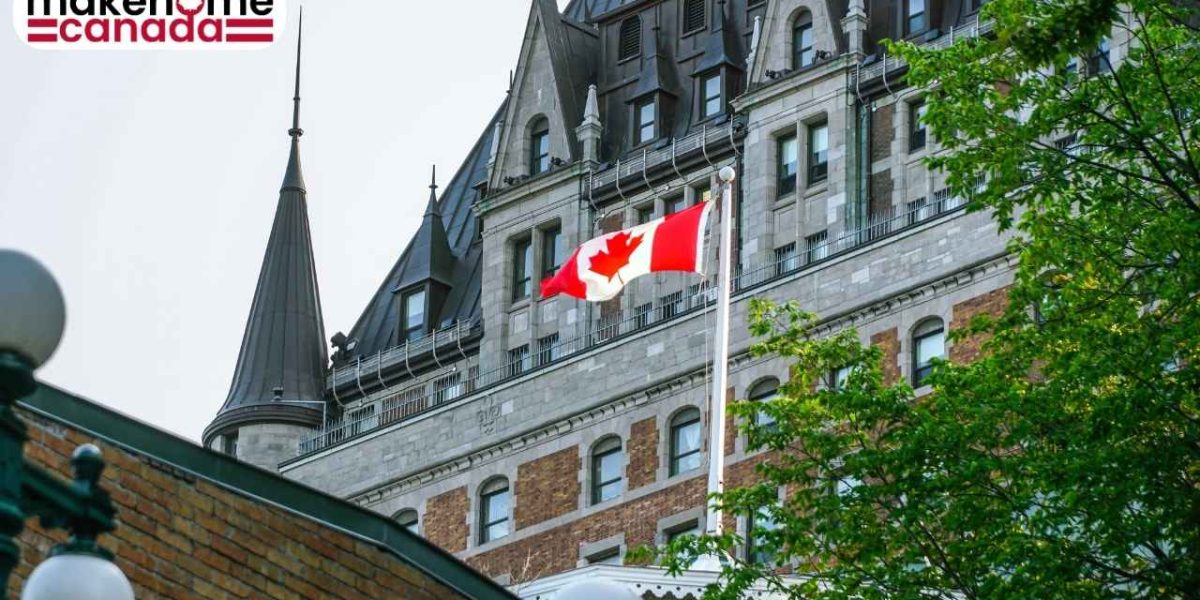CRA launches easier online benefit access for newcomers. This implies that newcomers to Canada can now apply for certain federal benefits more easily, thanks to an updated online system introduced by the Canada Revenue Agency (CRA).
The CRA has simplified the application process by allowing eligible temporary and permanent residents to submit their claims online instead of through paper-based forms, as was previously required.
This new online option is part of a wider effort to make government services more accessible to newcomers adjusting to life in Canada.
New Form For Non-Parent Applicants
Along with the digital update, the CRA has released a new form specifically for newcomers without children who want to apply for the GST/HST Credit and/or the Canada Carbon Rebate.
The new form is available directly on the CRA’s website, and most submissions take less than 20 minutes to complete.
Eligibility And Available Benefits
As a newcomer, you may qualify for various federal and provincial benefit and credit payments, even before filing your first tax return.
Some of the key federal programs available include:
- GST/HST Credit: A quarterly, tax-free payment designed to help low-income individuals and families offset the cost of the Goods and Services Tax (GST) or Harmonized Sales Tax (HST) they pay.
- Canada Carbon Rebate: A quarterly, tax-free payment that offsets the cost of carbon pricing. The final scheduled payment was made on April 22, 2025, but eligible newcomers may apply for retroactive payments.
- Canada Child Benefit (CCB): A monthly, tax-free payment made to eligible families raising children under 18. Temporary residents must have lived in Canada for 18 months to qualify.
To claim benefits, you must first obtain a Social Insurance Number (SIN) through Service Canada.
The process to obtain a SIN has recently been simplified for newcomers. With a valid SIN, you can access a wide range of benefits through the CRA.
How The CRA Defines A Newcomer?
As CRA launches easier online benefit access for newcomers, let’s discuss how it defines a newcomer.
Well, for income tax purposes, the CRA considers you a “newcomer” during the first year you become a resident of Canada.
You are regarded as a resident for tax purposes when you establish sufficient residential ties to Canada.
Typically, this takes effect on your first day of living in the country—whether you are a temporary resident (worker, student) or a permanent resident.
Primary residential ties include:
- Having a home in Canada
- Having a spouse or common-law partner in Canada
- Having dependents in Canada
Secondary residential ties may include:
- Canadian driver’s license
- Provincial/territorial health card
- Canadian bank account or credit card
- Owning personal property like a car
If you’re unsure about your residency status, you can contact the CRA directly at 1-800-959-8281.
What Does The CRA Do?
The Canada Revenue Agency is the federal authority responsible for managing Canada’s tax system.
Its responsibilities include:
- Collecting income, corporate, and sales taxes
- Delivering social and economic benefits
- Enforcing tax law compliance
- Administering provincial/territorial tax programs (except in Quebec)
- Managing international tax agreements and obligations
With these new digital changes, the CRA aims to help newcomers get the support they need to establish themselves in Canada more smoothly.
MakeHomeCanada, a Canadian immigration leader, promises excellence and tailored pathways for your Canadian journey. Get in touch with us at [email protected].




